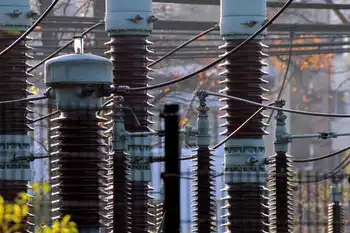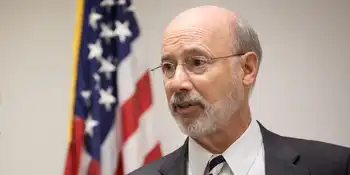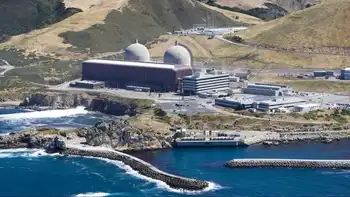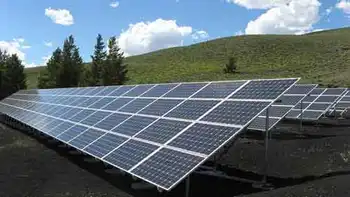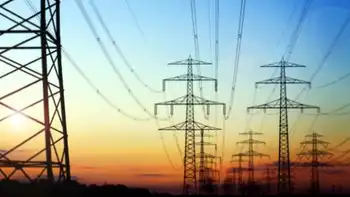Too much generation – turbines shut down at night
By Orillia Packet & Times
CSA Z462 Arc Flash Training - Electrical Safety Essentials
Our customized live online or in‑person group training can be delivered to your staff at your location.

- Live Online
- 6 hours Instructor-led
- Group Training Available
“Something is drastically wrong here,” said Don Fenwick, a former employee of the local power utility.
“This is the cleanest, most reliable, most efficient power there is. I worked there 29 years and we never shut down the generators in the spring when we had the most water. It sends me for a loop.”
OPC president John Mattinson said it bothered the company to take the generators out of service when the potential to produce renewable water power is at its peak.
“It sort of boggled our minds, but the fact of the matter is there’s too much generation.”
The way the market works, the price of power is actually negative when demand falls off at night, meaning the OPC would have to pay a penalty to generate power, Mattinson explained.
“It would cost us money to run. That’s the way the market works.”
Because of the sagging economy, industrial demand for electricity is down, says Alexandra Campbell, spokesperson for the Independent Electricity System Operator.
“There is more base load generation than demand.”
As power production exceeds demand, prices plummet into the negative.
“It’s a signal we need generation to turn off,” Campbell said.
Nuclear plants, which cannot stop and start easily, are operated on a round-the-clock basis, providing base power for the system, she explained.
So they will continue to operate through periods of negative prices because it is more expensive to turn off nuclear reactors.
Large hydroelectric plants, such as the Adam Beck plant at Niagara Falls, also run non-stop to add to the base load supply.
Under a market-based system, smaller power plants, such as the three belonging to OPC, produce power when prices are favourable and shut down when prices fall.
Demand is traditionally low in April when consumers are using less heat and light and have not yet turned on air-conditioning systems, Campbell said.
Fenwick still finds it hard to understand that any hydroelectric plants in the province would stand idle when the physical conditions for generation are ideal.
This is especially disconcerting if power plants fired by non-renewable coal and natural gas continue to operate.
But Campbell said negative pricing would discourage all but nuclear and “run-of-the-river” hydroelectric plants from producing power.
Before the Conservative government moved from a power-at-cost system to a profit-making system, Orillia consumers directly reaped the benefits of cheap electricity produced in the municipally owned plants, Fenwick said.
“One time at night, we could supply almost all the city’s needs.”
In a market-driven system, this cheap green power is being wasted, he said.
“Here they are worried about clean energy and they’re just opening the floodgates and let the water bypass the generators and run down river. It shouldn’t ever happen.”
And the promise by then Energy Minister Jim Wilson that competition would bring hydro prices was completely false, Fenwick said.
“Rates have doubled.”
Orillia city councillor Maurice McMillan, also a former OPC employee, says the shutting down of hydroelectric plants indicates the whole system needs to be re-evaluated.
The province is signing contracts with new power producers guaranteeing certain prices based on expanding usage in the future.
With the recession cutting demand, itÂ’s essential that hydro-electric power be kept in the mix, he said.
Mattinson said itÂ’s rare for the cityÂ’s plants to be shut down when there is abundant water to turn the turbines.
“I don’t think it should be blown out of proportion,” he said.





